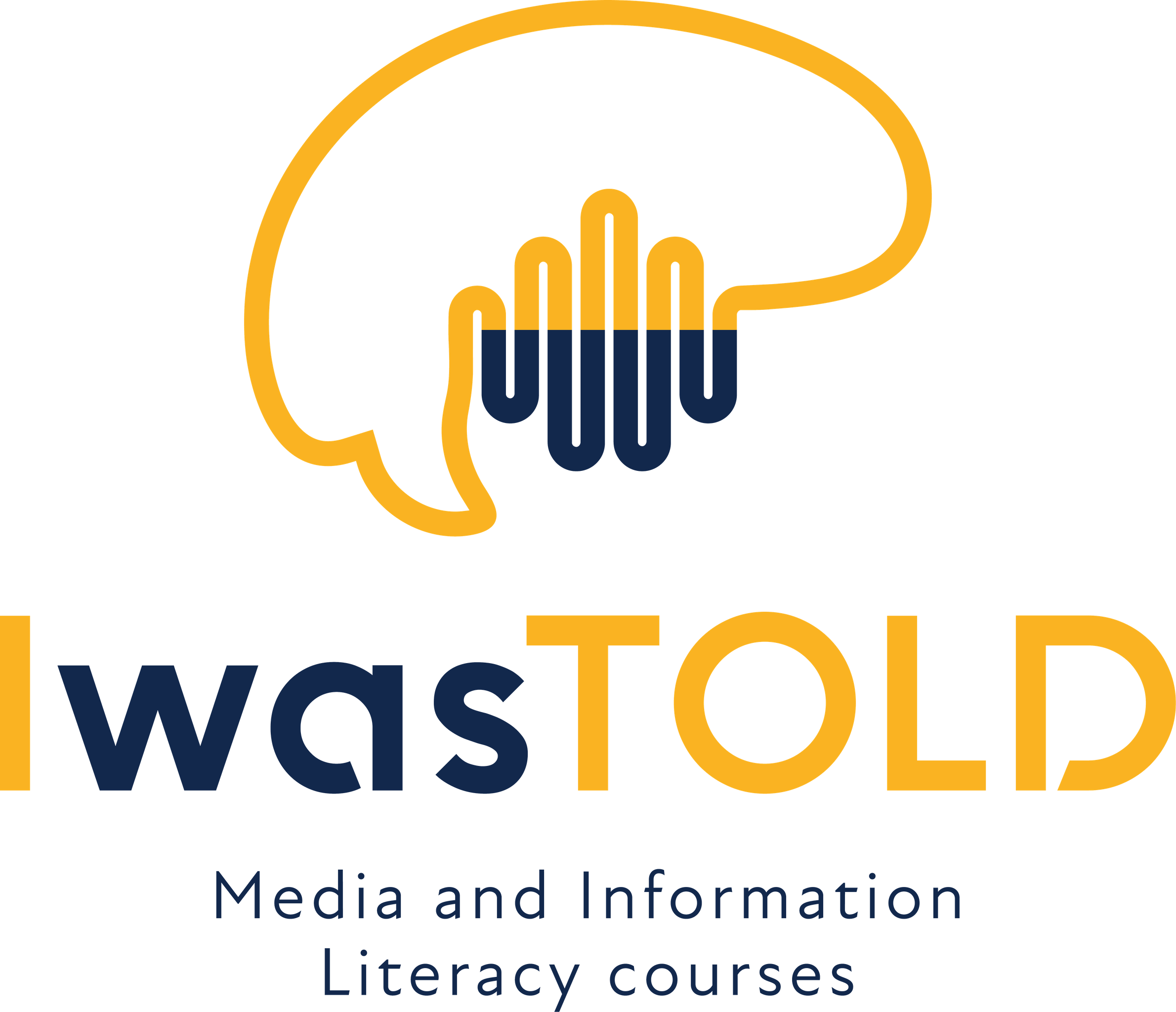3. CLASSICAL AND DATA STORYTELLING
-
Storytelling: narrative structures7 Topics|4 Quizzes
-
Language of media6 Topics|3 Quizzes
-
Storytelling With Data II. - Digital investigations in an era of data-driven journalism7 Topics|4 Quizzes
-
Infographics - Present statistics beautifully7 Topics|3 Quizzes
-
Charts in a website - Hack web developer tools for your stories7 Topics|3 Quizzes
-
Introductory to lesson
-
Creating a website is a personal way to become involved in a subject as well as a creative gesture
-
Make the most compatible as possible subject and aesthetic of your website through Google Sites
-
How be professional and have validity in publication?
-
Final Exercise of the whole lesson
-
Feedback on exercise
-
Additional learning material
-
Introductory to lesson
-
Online GIS6 Topics|2 Quizzes
-
Media analyses8 Topics|4 Quizzes
-
Using Piktochart to create infographics7 Topics|3 Quizzes
Participants14
Since the dawn of human history, people have been both sharing and being fascinated by stories. Throughout the time, they have evolved into various structures and genres, however the main principles remain the same: introduce the audience to the plot, have important turning points which influence the lives of characters and often move the story in different directions, and resolve the story. All parts should be equally important. In the journalistic stories it’s also like that, with one exception: informative pieces, where the beginning is the most important and the ending brings only additions.
In this course, you therefore learn about two types of narrations – one used by journalists and other creators of informative content, and the other used by film- and video-makers – various genres, and basics of screenwriting.
Stories shared through audiovisual means of expression are very often told three times. Films, TV content, or professional videos are commonly made like that, but many other videos as well to some extent. In this course, you explore the first stage – pre-production – during which the concept, storyline, and screenplay, among other documents, are written.
The knowledge and skills embedded in this course help you read behind and between the lines of journalistic texts, understand how they are structured and what methods or tools can be easily used to create misinformation or manipulate with an audience, better distinguish between various types of journalistic or media content, create professional journalistic work, and write a script for audiovisual media piece that can be sent to TV or film producers.
